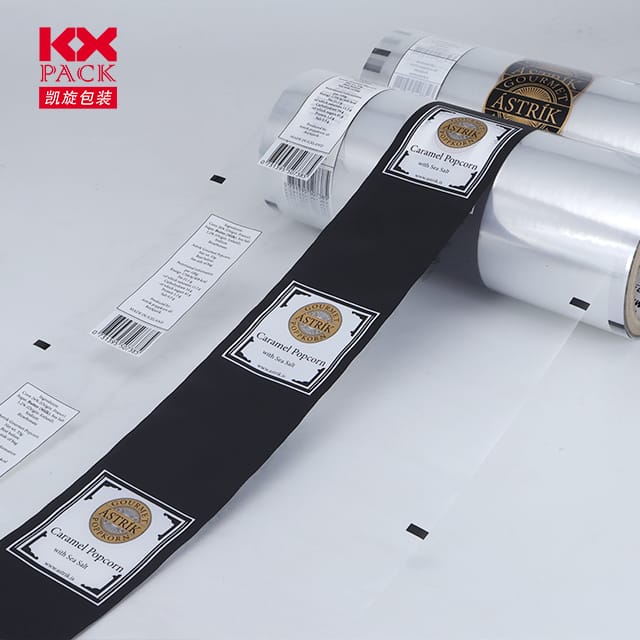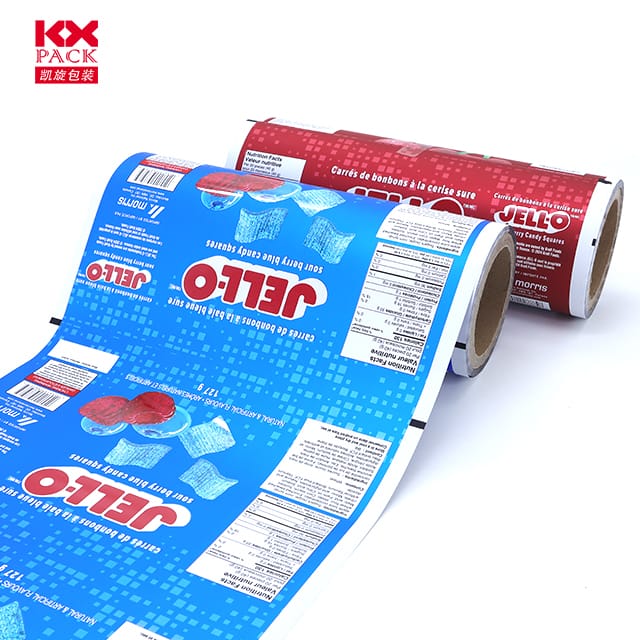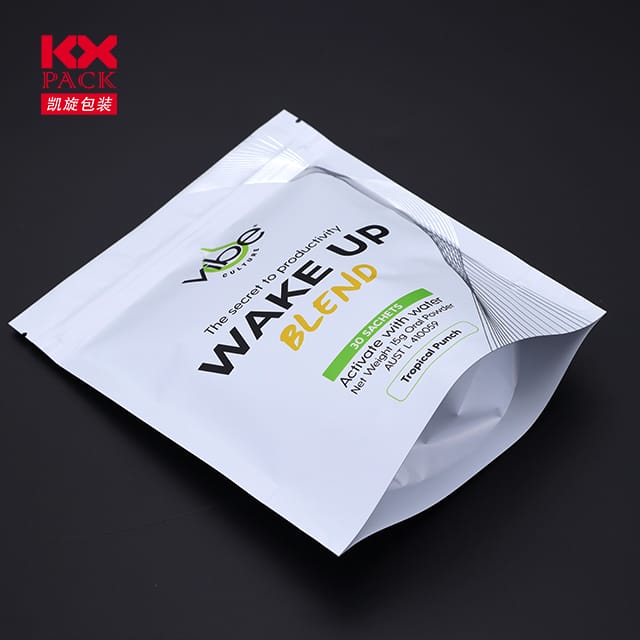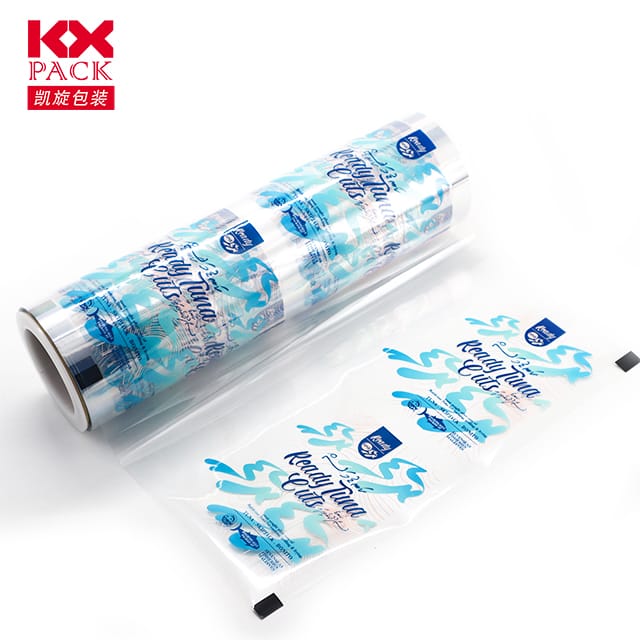La evoluo kaj efiko de manĝaĵaj pakaj filmoj: Novigado, Daŭripovo, kaj konsumanta sekureco
Filmoj pri manĝaĵaj pakaĵoj
In the modern world, Manĝaĵaj pakaj filmoj estas ĉiopovaj tamen ofte preteratentitaj. Ĉi tiuj maldikaj tavoloj de materialo ludas kritikan rolon en konservado de freŝeco, Etendante breto -vivon, kaj protekti manĝaĵojn kontraŭ poluado. Sed kiel konsumanto postulas ŝanĝi al daŭripovo kaj komforto, La manĝaĵa paka industrio spertas transforman revolucion. Ni esploru la plej novajn tendencojn, Novigoj, and challenges in the world of food packaging films.
1. What Are Food Packaging Films?
Food packaging films are flexible materials used to wrap, sigelo, or cover food products. They can be made from plastics, bioplastics, paper, aluminio, or composites of multiple layers. Their primary functions include:
- Konservado: Preventing exposure to air, humideco, and light to slow spoilage.
- Protekto: Shielding food from physical damage, bacteria, and pests.
- Oportuno: Enabling easy handling, storage, and portion control.
- Markado: Providing a surface for labels, logos, and nutritional information.
From single-use snack wrappers to resealable pouches for fresh produce, these films are integral to the global food supply chain.
2. The Rise of Sustainable Alternatives
Traditional plastic films, dum efika, have drawn criticism for their environmental impact. Unu-uzaj plastoj kontribuas al poluado, harm wildlife, and take centuries to decompose. In response, the industry is innovating with eco-friendly solutions:
- Biodegradeblaj filmoj: Made from plant-based materials like starch, celulozo, or polylactic acid (PLA), these films break down naturally under specific conditions.
- Compostable Films: Designed to decompose in industrial composting facilities, leaving no toxic residues.
- Manĝeblaj filmoj: Edible coatings made from ingredients like seaweed, Chitosan, or proteins not only protect food but can also be consumed along with it, reducing waste entirely.
- Reciklita enhavo: Films incorporating post-consumer recycled (PCR) plastics help divert waste from landfills.
Markoj kielTIPA® kajEco-Products are leading the charge with compostable packaging, while companies likeKajero are creating seaweed-based films that dissolve in water.
3. Inteligenta Pakado: The Future of Food Safety
Beyond sustainability, technology is transforming packaging films into intelligent tools for monitoring food quality:
- Tempo-Temperaturaj Indikiloj (Paĉjo): Labels that change color if food has been exposed to unsafe temperatures, certigante freŝecon.
- Freŝaj sensiloj: Embedded sensors detect gases like ammonia or CO₂, which indicate spoilage, and alert consumers via smartphone apps.
- Antimicrobiaj filmoj: Infused with natural compounds like essential oils or silver nanoparticles, these films inhibit bacterial growth and extend shelf life.
Ekzemple, Mimica Touch has developed a tactile indicator that becomes bumpy when food is no longer safe to eat, empowering consumers to make informed decisions.
4. Challenges and Considerations
While the future of food packaging films is promising, several hurdles remain:
- Kosto: Sustainable materials are often more expensive than conventional plastics, though economies of scale are gradually reducing prices.
- Performance: Biodegradable films may lack the barrier properties of traditional plastics, leading to shorter shelf lives for some products.
- Consumer Behavior: Many consumers remain confused about how to properly dispose of compostable or biodegradable packaging, leading to contamination in recycling streams.
- Regulation: Governments worldwide are implementing stricter rules on single-use plastics, pushing companies to adapt quickly.
5. The Role of Consumers in Driving Change
As awareness grows, consumers are demanding more sustainable options. By choosing products packaged in eco-friendly films, supporting brands with transparent practices, and properly disposing of packaging, individuals can influence industry standards.
Por la beko: Serĉu atestojn kielBone Komposto, Biodegradable Products Institute (BPI), aŭTüv Aŭstrio to ensure packaging meets sustainability claims.
Konkludo: A Wrap-Up on Food Packaging Films
Food packaging films are no longer just about keeping food safe—they’re about protecting the planet, enhancing convenience, and empowering consumers. As innovation continues, we can expect smarter, greener, and more efficient solutions to dominate the market.
The next time you unwrap a snack or toss packaging into the bin, take a moment to consider the material’s journey. Together, we can drive demand for packaging that’s kind to both our bodies and the Earth.
What’s your take on sustainable food packaging? Share your thoughts or favorite eco-friendly brands in the comments below! 🌍🍃📦







